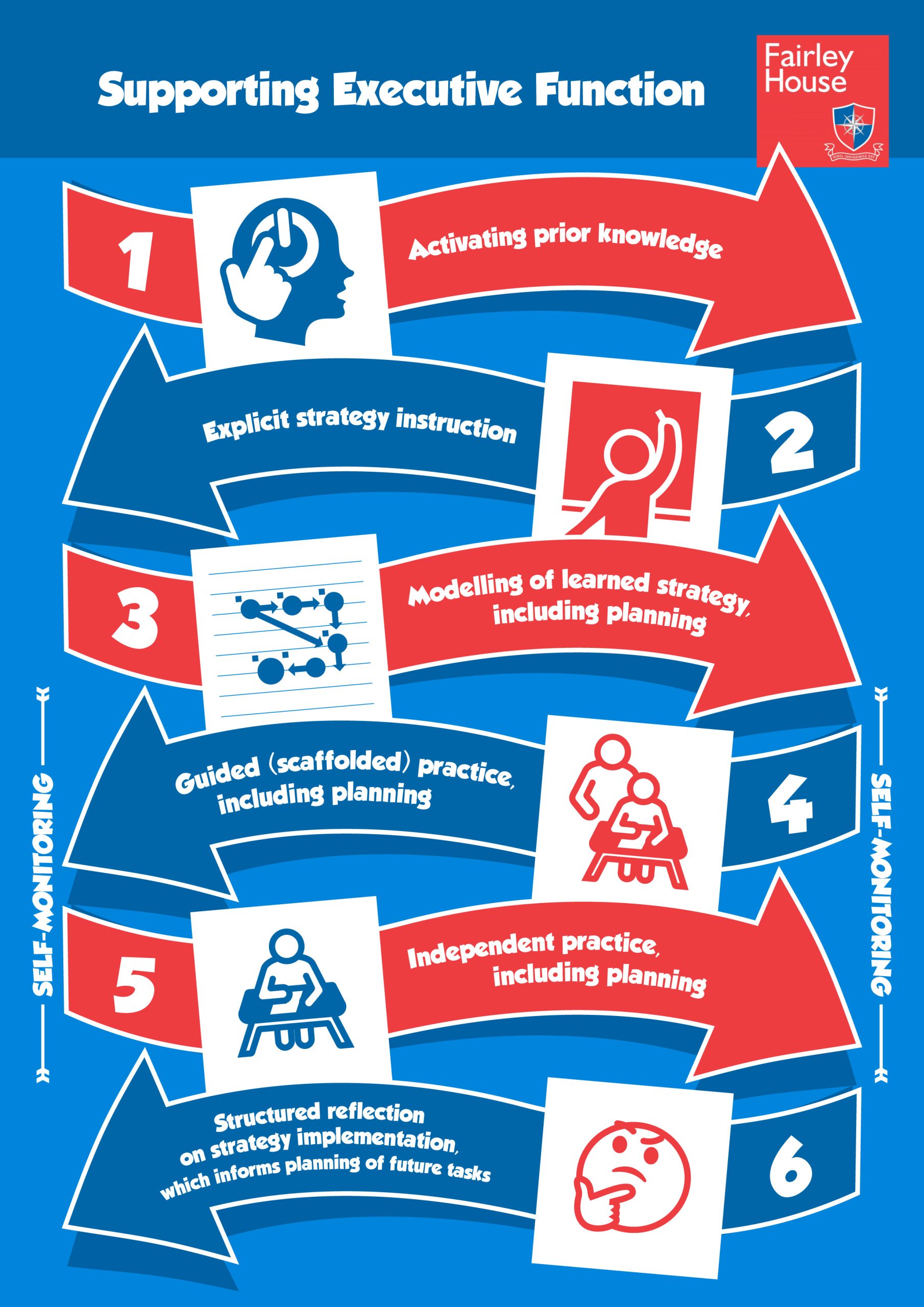Sensory Processing
Sensory processing is how we take in information through our senses, how the brain processes it, to then prompt a response or reaction.
Sensory processing differences occur when sensory information is not processed correctly. This can result in difficulties at school, socially, in self-care and reaching milestones. These differences may have an impact on behaviour and self-esteem.
The body has seven sensory systems. There are the five senses we commonly think of, namely; sight, touch, taste, smell and hearing. The remaining two are vestibular and proprioceptive sensory systems, which are less well-known but integral to all areas of function.
Recently, there has been increased awareness and research about interoception. Some schools of thought classify this system as the eighth sensory system, while others link it to proprioceptive processing.
The vestibular sensory system’s receptors are found in the inner ear. It is responsible for the awareness of the movement of the head and is important for balance, spatial awareness, the integration of the left and right sides of the body, muscle tone, and postural control. The vestibular system plays a vital role in maintaining regulation.
The proprioceptive sensory system’s receptions are found in the muscles, joints and tendons and are activated by active and resisted movement. This sensory system provides an internal map of our body and plays a very important role in helping us to plan and execute all movements.
Interoception is the internal sense of feeling hungry, full, thirsty, needing to use the toilet, heart rate etc. Interoception helps to identify body signals such as an increased heart rate, sweaty palms etc. and this plays an important role in identifying how our emotions may ‘feel’ internally.
Sensory processing differences fall into three main categories:
Click to find out more about each category.
Sensory modulation
is the brain’s ability to register as well as filter information received via the sensory systems. Children with difficulty modulating sensory input may either be overly sensitive or under-responsive to sensory input, whilst some children will present with a fluctuating profile of being both under and over-responsive. Functionally, difficulties with modulation may have an impact on emotional regulation, concentration, social interactions, being able to access the curriculum and complete everyday activities including self-care tasks.
Possible signs of sensory modulation differences:
-Sensitivity to food textures, picky eater
-Tactile sensitivities
-Sensitivity to sound
-Becoming overwhelmed by busy environments
-Fearful of heights
-Seeks movement and is always on the go
-Becoming overstimulated quickly
-Avoids self-care activities such a brushing hair, cleaning teeth etc.
-Emotional outbursts
Sensory-based motor differences
impact motor skills and coordination due to underlying difficulties with processing sensory information.
Possible signs of sensory-based motor differences:
-Clumsiness and incoordination
-Reduced postural control and may have reduced endurance
-Balance difficulties
-Below age fine motor skills
-Gross motor skills are delayed
-Motor planning challenges
.
Sensory discrimination differences
impact the ability to interpret sensory information.
Possible signs of sensory discrimination differences:
-Difficulty interpreting what is touched without using the eyes
-Clumsy using everyday tools and equipment
-Difficulty with self-care tasks and fine motor skills
-Difficulty using the right amount of force
-Reduced awareness of movement in space
Sensory processing is a rapidly evolving area of study
Sensory processing differences can be complex and a sensory integration-trained occupational therapist, is the best person to help analyse your child’s sensory processing differences and what can be done to support and develop their sensory processing.
Further information and reading:
https://www.sensoryintegrationeducation.com/pages/what-is-si
https://www.spdstar.org/sites/default/files/publications/5.%20Nov.-Dec.%202012%20-%20SDD.pdf
https://www.understood.org/en/articles/understanding-sensory-processing-challenges

